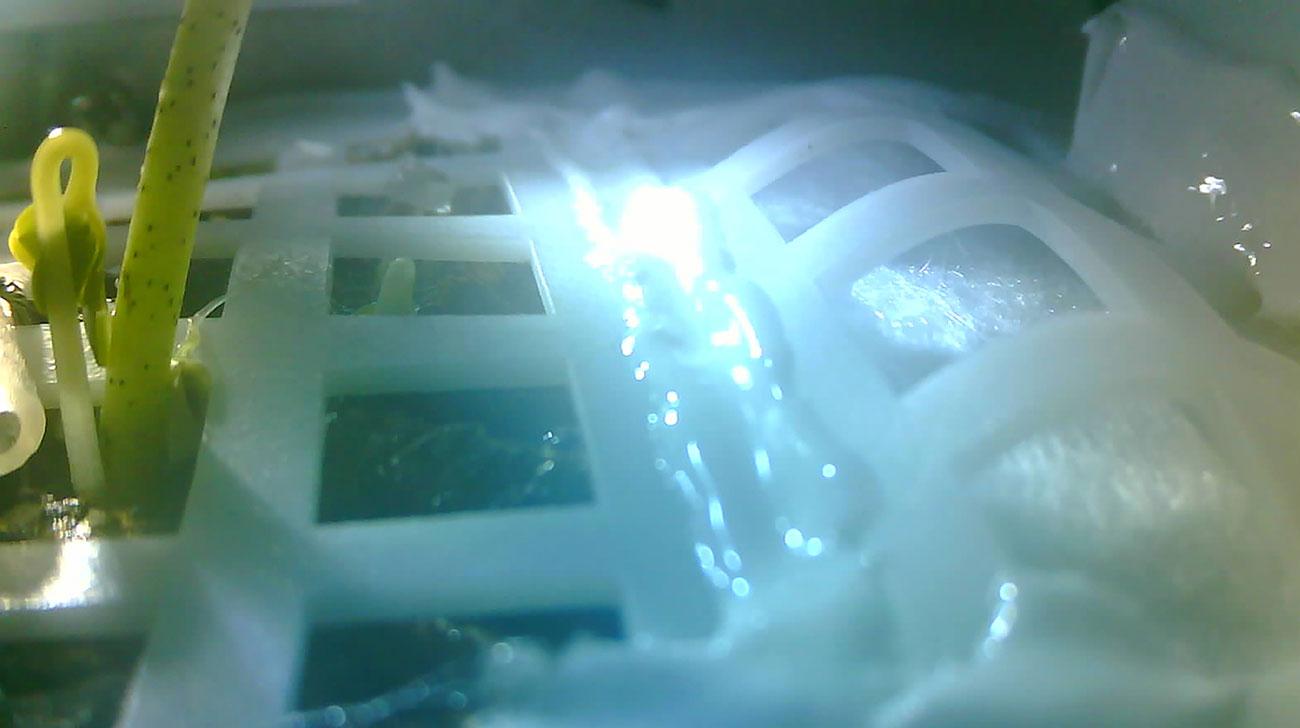The moon is an inhospitable place. In the sunlight, temperatures hit highs of 260 degrees Fahrenheit, in the dark, it can reach a miserable minus 280. Radiation is high and water is scarce. But according to the China National Space Administration, there is now life growing 240,000 miles from the Earth; cotton seeds carried on board the Chang’e-4 lunar lander have just sprouted, making them the first plants to ever germinate on another world.
“We have given consideration to future survival in space. Learning about these plants’ growth in a low-gravity environment would allow us to lay the foundation for our future establishment of space base,” Liu Hanlong, the scientist leading the experiment, told the South China Morning Post. The Chinese Communist Party’s official newspaper, The People’s Daily hailed the achievement as “humankind’s first biological experiment on the moon”.
Chang’e-4 was launched in early December from the Xichang Satellite Launch Center in Sichuan province. It is the only vessel to have landed on the dark side of the moon.
According to China’s state-run Xinhua news agency, ground control center instructed the probe to begin watering the plants after Chang’e-4 landed on the far side of the moon on Jan. 3. A tube directs natural light on the surface of the moon into the canister to allow the plants to grow. Yeast, arabidopsis – a small, flowering plant of the cabbage family – rape and potato seeds are also on board, along with fruit fly larvae, said Liu. It is hoped the organisms could eventually form the basis of a simple mini biosphere.
Previous trips to the moon have tended to leave behind more mundane items; moon buggies, unmanned vehicles, bags of urine and even golf balls all scatter the surface.




